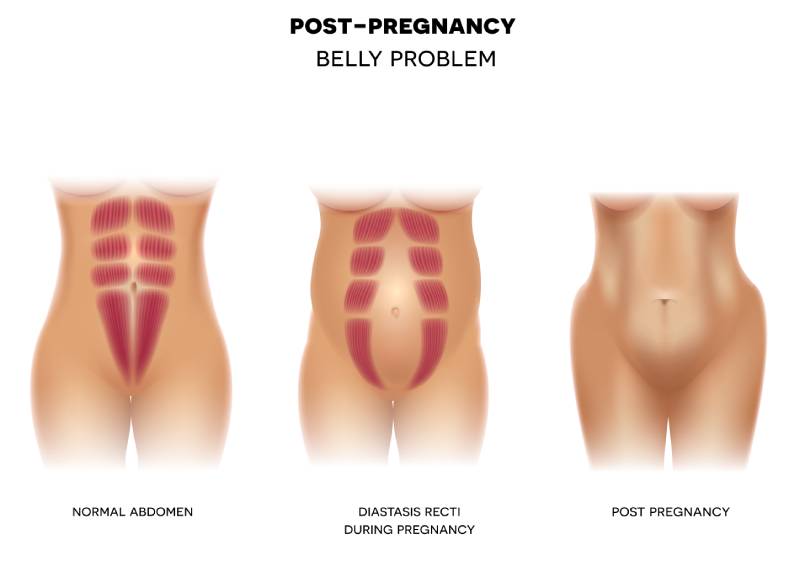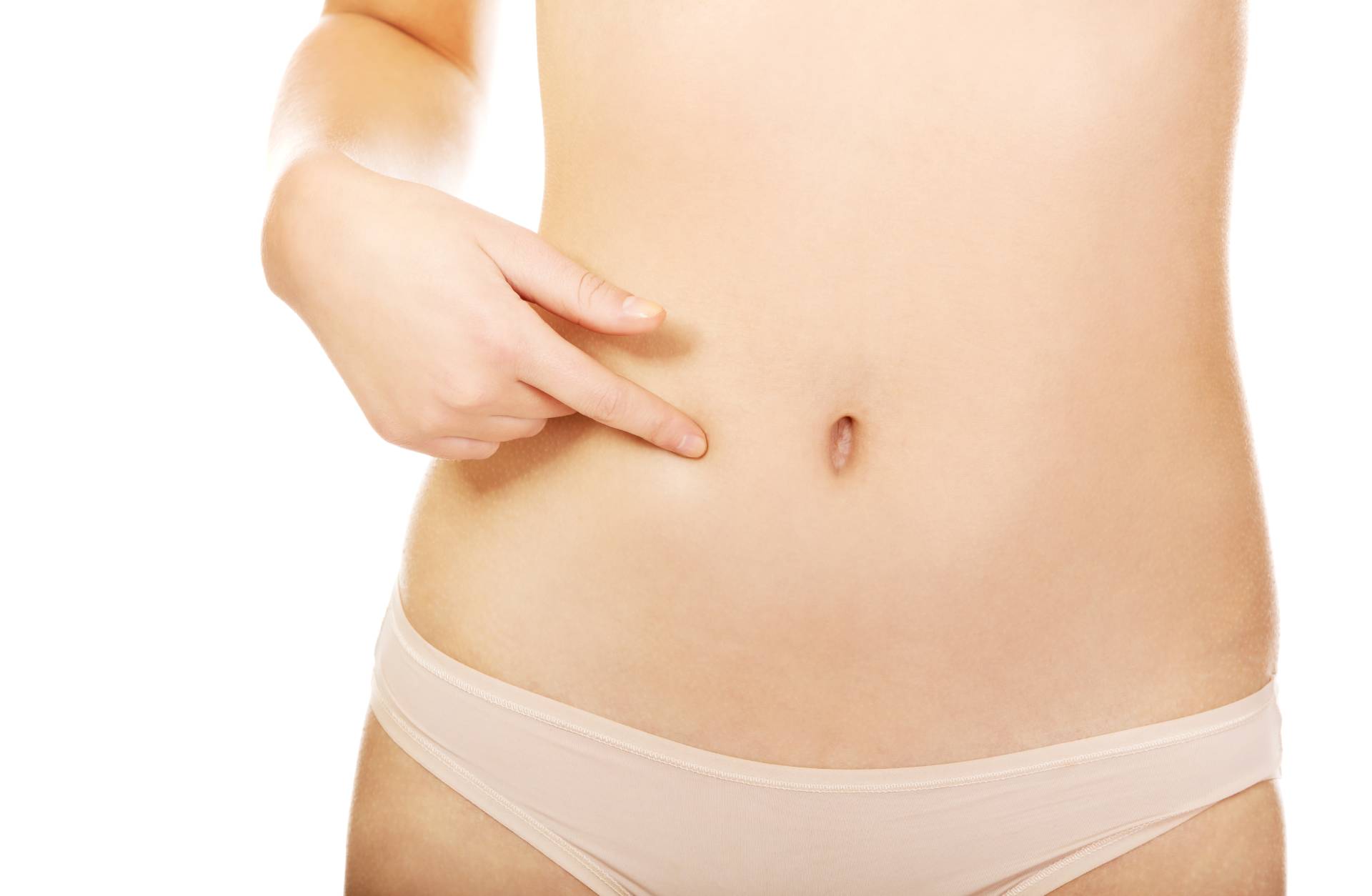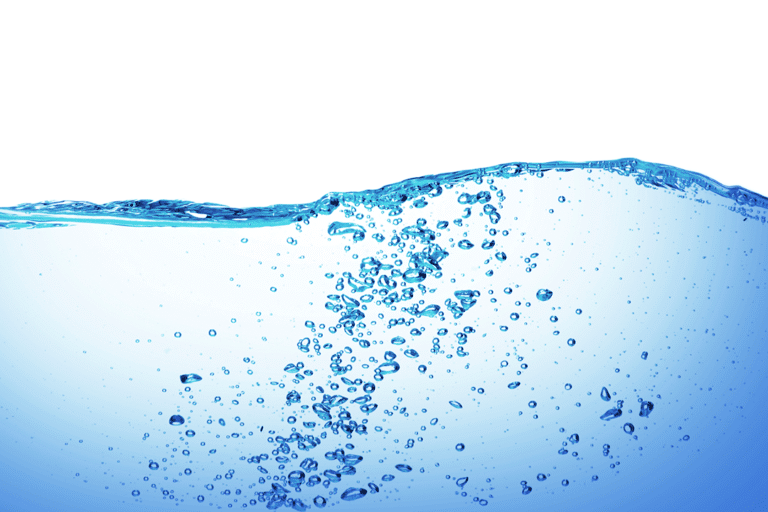Understanding Diastasis Recti in Pregnancy: How to Get Rid of the Unwanted Postpartum Pooch
Becoming a mom is one of life’s greatest joys, but pregnancy itself is not a walk in the park.
In fact, you’ll notice a lot of changes in your body when you become pregnant. Most of them are temporary, while other effects last for a long time and may even be challenging to reverse through traditional means.
One of these almost-permanent changes is abdominal muscle separation, medically known as diastasis recti.
But before we dive into the details, it is important to know about abdominal anatomy first to understand better how abdominal muscle separation occurs.
The Anatomy of the Abdomen
The abdominal wall has one main function: to protect your abdominal organs from damage. These organs include the stomach, intestines, liver, spleen, gall bladder, pancreas, kidneys, and reproductive organs.
Aesthetically speaking, your abdominal wall is composed of layers of skin, fat, and muscles. Though it sports several muscles adjacent and overlapping one another, the abdomen’s main muscle groups are as follows:
- Rectus abdominis – It is located in the midline between the ribs and pubic bone in front of the pelvis. These muscles are adjacent to one another and connected to the opposite side with a connective tissue layer. When visible and contracted, it becomes the characteristic “six-pack” or “eight-pack” abs.
- Oblique Muscles – Positioned on each side of the rectus abdominis, the internal and external oblique muscles cover the flank areas in an oblique orientation. When developed, these muscles appear as a V-cut to the abs.
- Transverse abdominis – As the deepest muscle layer, this muscle group stabilizes the trunk and maintains internal abdominal pressure.

What is Diastasis Recti?
Diastasis recti is defined as the separation of your rectus abdominis muscles.
This happens as the abdominal girth increases with weight gain or pregnancy. It is the body’s safety mechanism for accommodating a growing fetus or increased intra-abdominal fat.
As the abdominal rectus muscles separate, the connective tissue layer that normally keeps them together stretches out and gets broader. This results in a weaker core and a belly sticking out.

You’ll often find this condition among pregnant and postpartum women. In fact, as much as 60% of women experience diastasis recti in pregnancy or postpartum period.
Aside from the bulge or pooch in the stomach appearing above and below the belly button, other diastasis recti symptoms include:
- Low back pain
- Poor posture
- Bloating
- Constipation
What Can You Do to Strengthen Your Abdominal Muscles?
Although the majority of women experience diastasis recti during pregnancy and postpartum, this does not mean that there is nothing you can do to minimize it.
Strengthening your abdominal muscles can help build up your core and lessen back pain associated with diastasis recti.
Here are some tips on how to do it while pregnant:
- Wear a binder for abdominal support during the day.
- Avoid heavy lifting to avoid straining your abdominal muscles until after delivery.
- Practice good posture.
- Place a towel or pillow behind you when sitting down to support your lower back.
- Support your abdominal muscles by hugging a pillow when coughing or sneezing.
- When getting out of bed or standing up from the floor, practice good body mechanics by bending your knees, rolling, and supporting yourself with your arm. This will help take the pressure off your abdominal muscles.
- Avoid crunches, sit-ups, and plank exercises as these can worsen your muscle separation.
- Follow pregnancy-safe exercises for core strengthening, but make sure you get approval from your primary care provider first. Examples of such exercises are:
- Diaphragmatic breathing
- Standing push-ups
- Bridge pose
How is Diastasis Recti Treated?
For some women, diastasis recti resolves by itself after their first pregnancy as their ab muscles come back together.
But with multiple pregnancies, a permanent diastasis recti develops, which can only be corrected with abdominal muscle tightening — a procedure that is normally done while undergoing a mini or full tummy tuck.
Tummy tuck eliminates the extra abdominal tissue and skin between the navel and the pubic area while tightening the abdominal muscles to get rid of your diastasis recti bulge.
Dr. Siamak Agha, one of the best Orange County plastic surgeons, offers various types of tummy tucks to help you achieve the body you want, considering your unique anatomy, needs, and preferences.
You may also opt for a high-definition mommy makeover if you want to contour not just your belly but your whole body as well after having a baby.
Aside from a tummy tuck, a mommy makeover includes other procedures like breast enhancement, buttock enhancement, liposculpture, and genital beautification — all depending on what your body needs to look its best.
Schedule a consultation with Dr. Agha to attain tighter and firmer abs.







